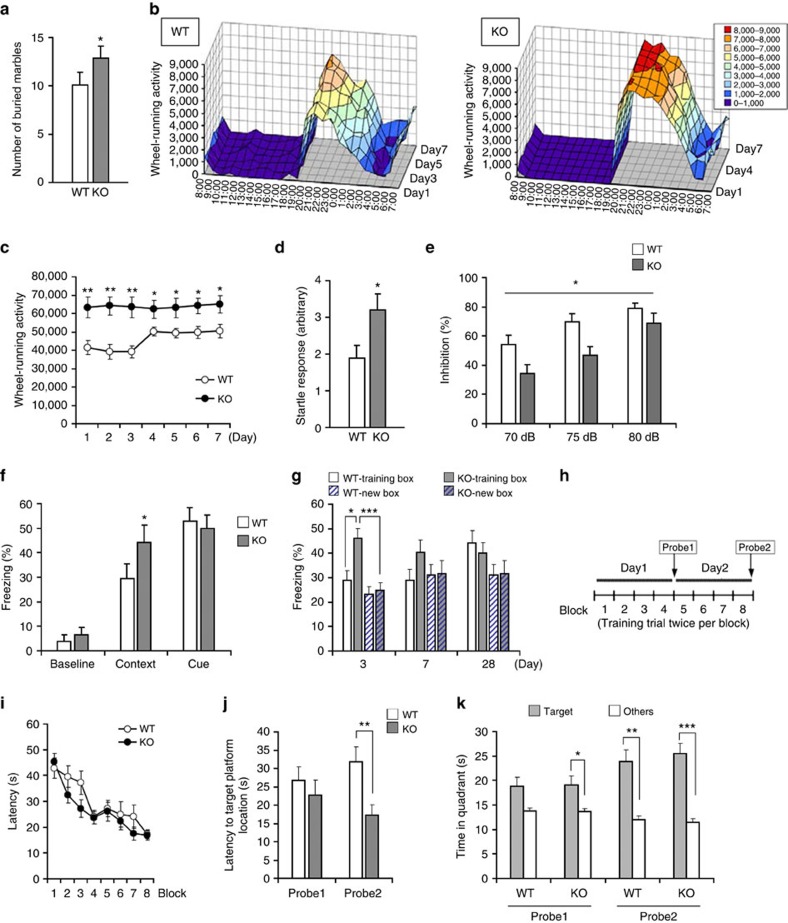Figure 3. Repetitive behaviours and sensory dysfunction and enhanced memory function of Lrfn2 KO mice.
(a) Marble burying test. Mice were exposed to 15 unburied marbles on bedding material for 20 min, and then the buried marbles were counted. n=8 per genotype; *P<0.05, U-test. (b,c) Wheel-running test. (b) Wheel-running activity. Time bin, 1 h. Lrfn2 KO mice displayed excessive wheel-running activity during the dark phase. (c) Mean of wheel-running activity for each day (n=10 per genotype; *P<0.05, **P<0.01, t-test). (d) Auditory startle response evoked by a 120-dB acoustic stimulus (n=10 per genotype; *P<0.05, t-test). (e) Prepulse inhibition of the auditory startle response. Percentages by which 70-, 75- and 80-dB prepulse stimuli inhibited the startle response to the 120-dB stimulus (n=10 per genotype; *P<0.05, two-way repeated measures ANOVA). (f,g) Fear conditioning tests. (f) Classical fear conditioning. Freezing behaviour of conditioned mice was measured when exposed to the same environmental context 24 h after training and to a novel environment with the same tone (cue) 48 h after training (WT, n=10; KO, n=9; *P<0.05, U-test). Baseline freezing responses from the training session (before shock delivery) are shown for comparison. (g) Contextual memory retention. Freezing responses were measured in the training box or a differently textured new box 3, 7 and 28 days after the training (n=16 per genotype; *P<0.05, ***P<0.001, U-test). (h–k) Morris water maze test. (h) Schematic protocol of the Morris water maze test. Latencies to find the hidden platform are shown for the training session (i) and the probe tests (j) (WT, n=17; Lrfn2 KO, n=21; **P<0.01, t-test). (k) Time spent in the target or the other quadrants (mean of the three non-target quadrants) during the probe tests (WT, n=14; Lrfn2 KO, n=17; *P<0.05, **P<0.01, ***P<0.001, paired t-test).

